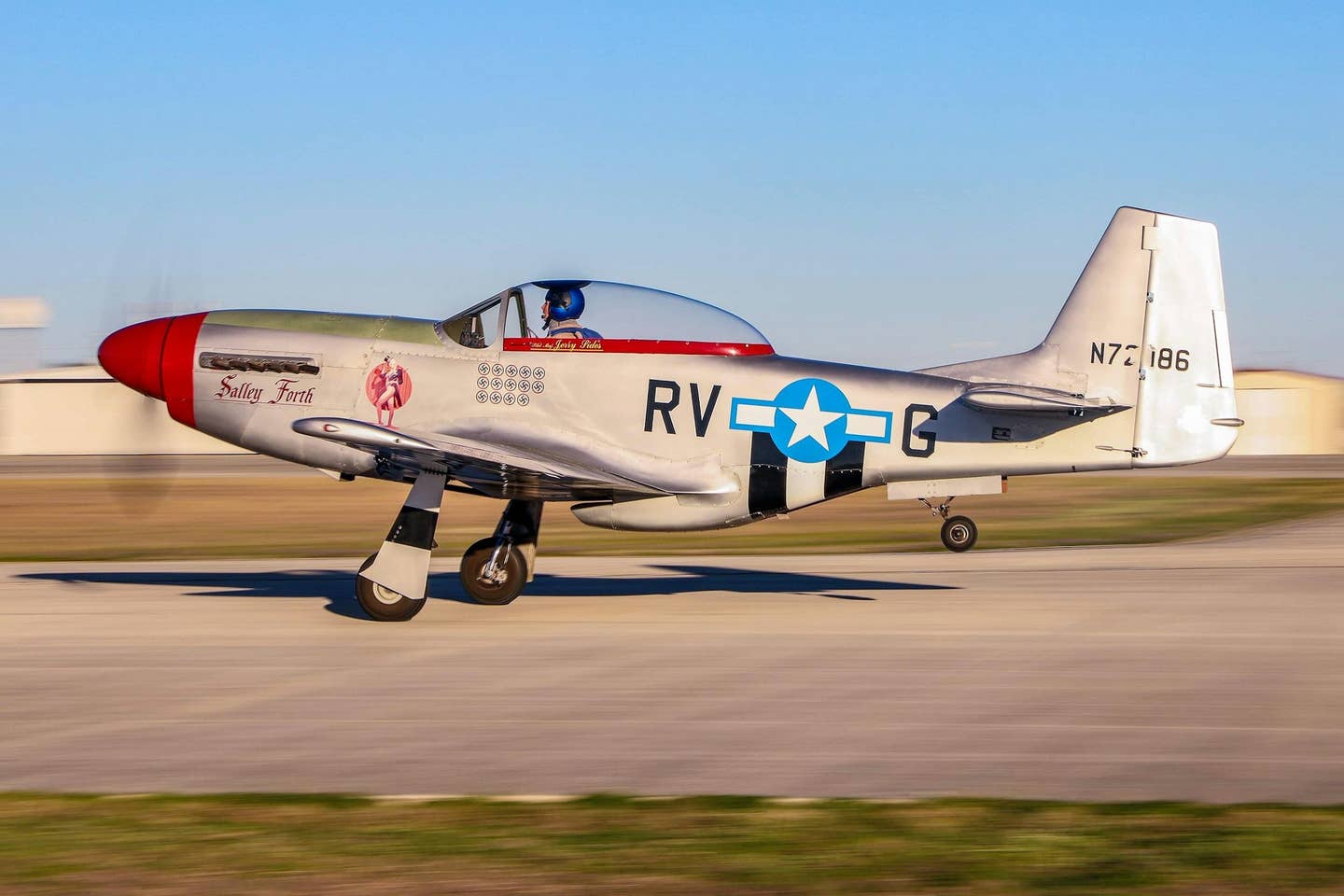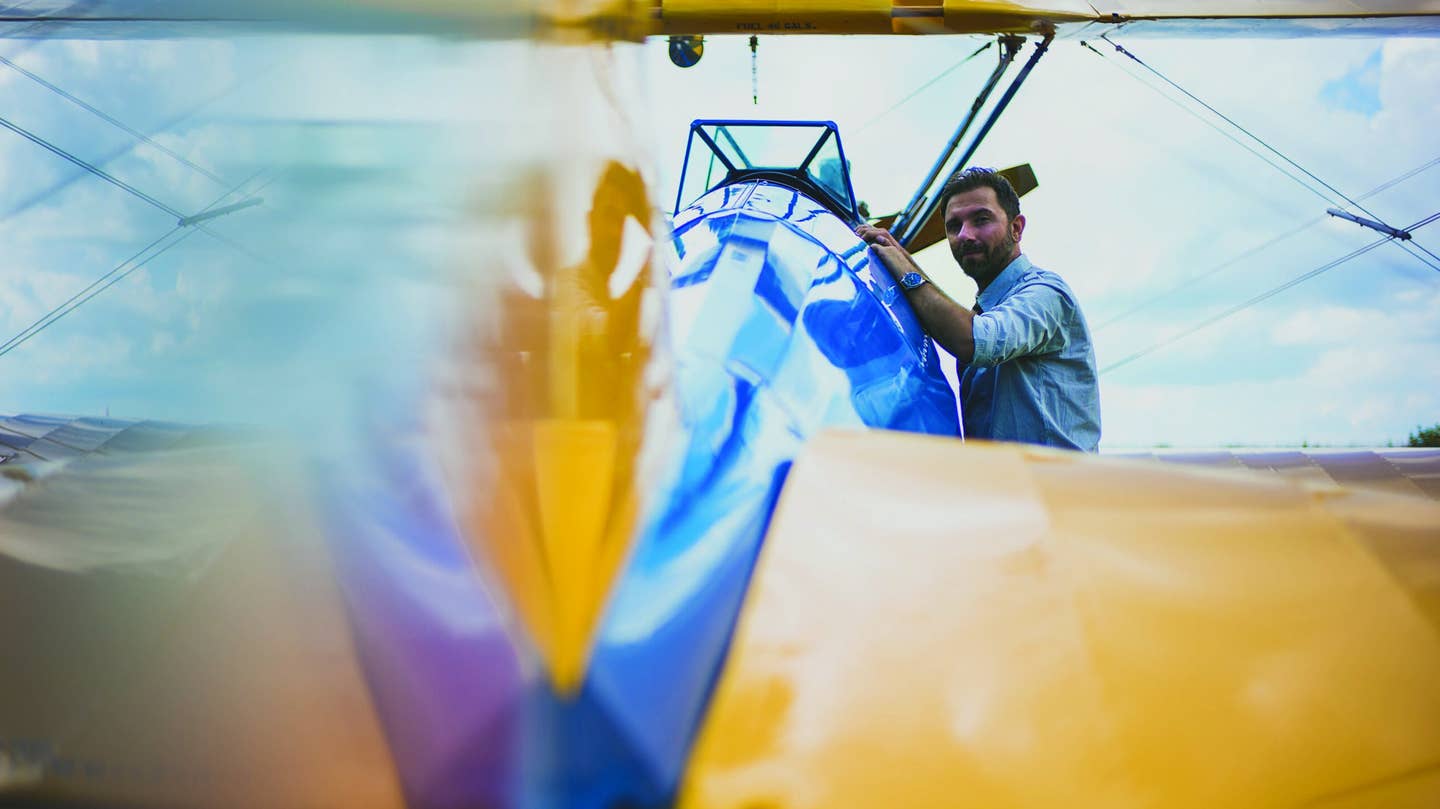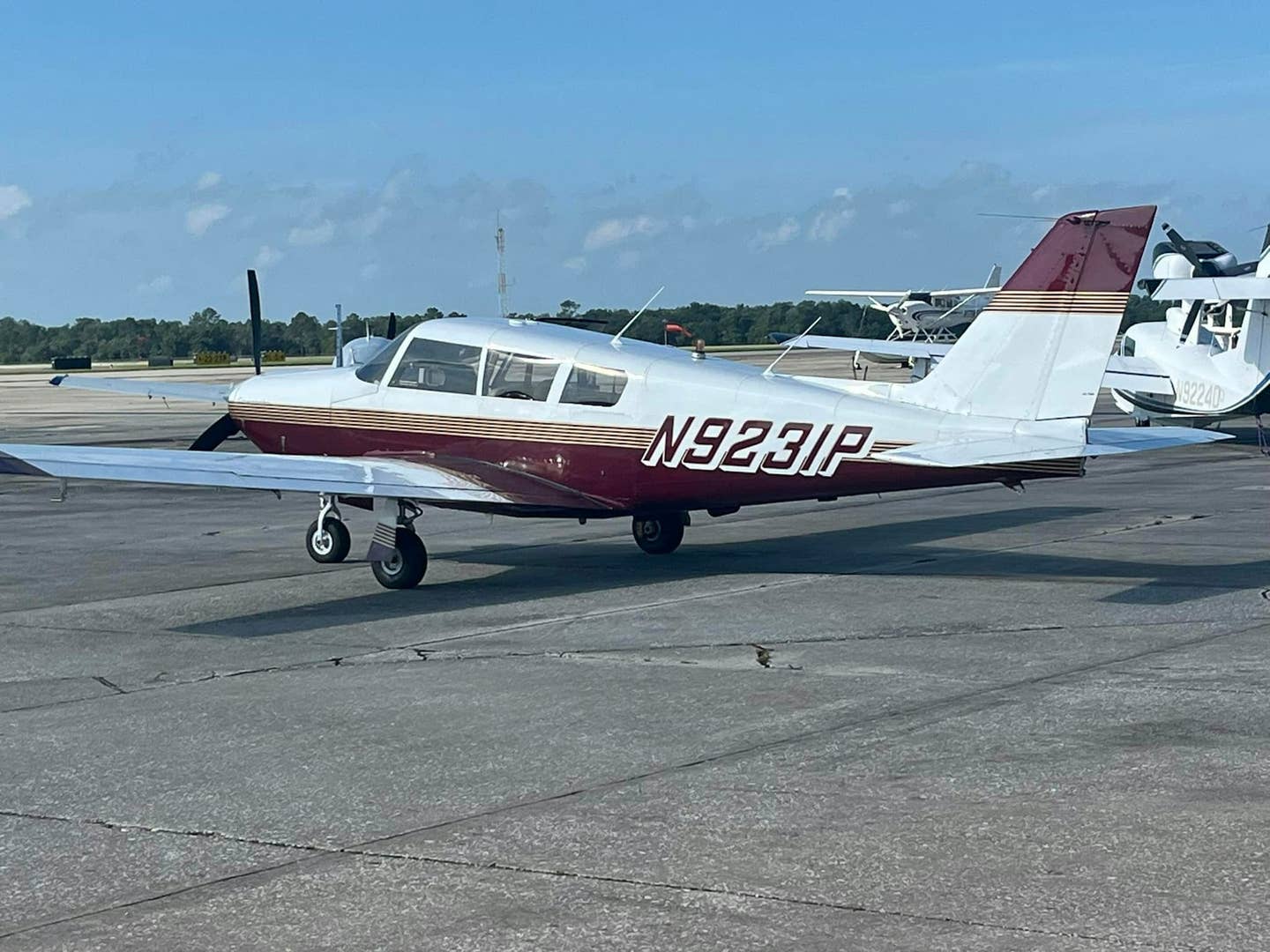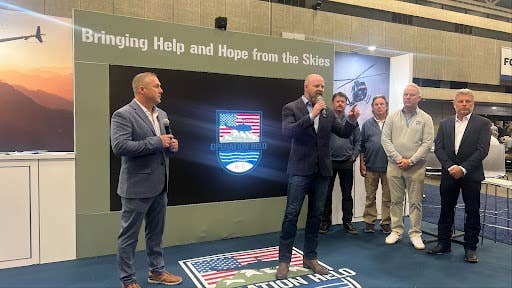
Stelio Frati’s F-22 Pinguino Jim Winn
I may have been the last person to consider bringing the late Stelio Frati's F-22 Pinguino to America. Mooney apparently looked at the program, and Roy LoPresti, who also sought to produce the SwiftFury, was interested. By the time I arrived at the General Avia factory in Perugia, Italy, on a frigid January day in 1998, the company was on life support, and shortly thereafter was bankrupt.
I never met Frati, who was a designer, not a manufacturing engineer or marketer. So I know him only through his aircraft, some of which enjoyed commercial success, notably the agile and lovely Siai Marchetti SF.260. But I surmise that Frati's motives had more to do with the aesthetic and experiential aspects of flight than the commercial ones.
The man was incapable of designing an inelegant machine. The F-22 retained the SF.260's beauty but was intended for a broader training and touring market. What it sacrificed in high-end performance, it gained in docile handling, while still retaining full aerobatic capability.
There is something admirable and thoroughly non-American in the Italian mindset that believes a beautifully crafted product will sell, simply because it is a thing of beauty and engineering precision. Sometimes that's true and sometimes not. I was involved in early efforts to sell the Avanti turboprop — an utter market failure at the time, but one that today has found favor in the American market.
That at least proves that there are second acts for good products unappreciated at their introduction. Maybe the F-22 will have its own. On that gray, damp day in January, I was treated to a factory tour; very little work was going on, but tooling and the airframe structures were nothing short of business-jet quality.
Then they asked me if I wanted to fly the retractable F-22C version. Up I went with the company test pilot, and we proceeded through a series of rolls, loops and spins. Those were interesting and showed off the aircraft's precise and easy handling qualities, but the joy for me was landing the airplane, which was just an effortless wafting down to the runway.
Italy has a bilateral treaty with the United States whereby an airplane certified there — and flown there before import — is automatically eligible for Part 23 certification. So it seemed feasible to set up an export arrangement that would not entail an expensive certification effort. But for a host of reasons, not least the General Avia demand for a $2 million up-front license fee, my exploration of the opportunity came to naught.
Maybe someone was making a joke in naming the F-22 after a flightless bird — the penguin — or maybe he was prescient. Still, it's sad to see lovely airplanes not have their day in the sun. Even in a composite era, the aluminum F-22 will charm a select few who will appreciate its beauties and lovely manners.
Stelio Frati would no doubt be satisfied with that.

Sign-up for newsletters & special offers!
Get the latest FLYING stories & special offers delivered directly to your inbox






